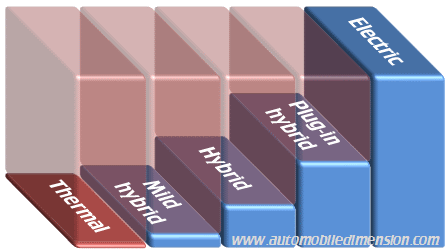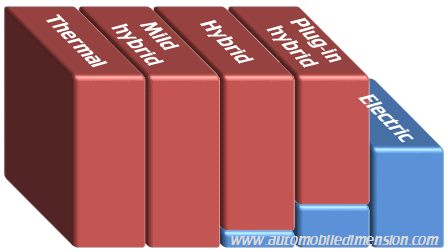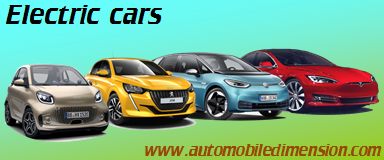Comparison list of plug-in hybrid cars with dimensions and boot space

What is a plug-in hybrid car?

Electrical energy is obtained from energy recovery during braking or deceleration, from the combustion engine or from an external source of electrical energy. Adding the electric engine improves performance with lower fuel consumption and lower pollutant emissions. In contrast, the duality of propulsion engines, apart from greater technical complexity, means greater weight due to the electric motor and the battery.
Range of a plug-in hybrid car.

The battery capacity of a plug-in hybrid vehicle is greater than that of a hybrid car and less than that of a 100% electric car.
Comparison of new plug-in hybrid cars grouped by gasoline fuel and sorted by length:
Last update: 02-11-2025

 330 dm3
330 dm3








 Diesel
Diesel Diesel mild hybrid
Diesel mild hybrid Diesel hybrid
Diesel hybrid Diesel plug-in hybrid
Diesel plug-in hybrid Hydrogen
Hydrogen Petrol
Petrol Petrol mild hybrid
Petrol mild hybrid Petrol hybrid
Petrol hybrid Petrol plug-in hybrid
Petrol plug-in hybrid Electric
Electric

